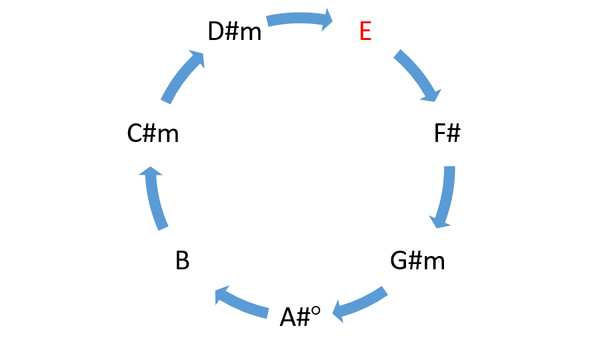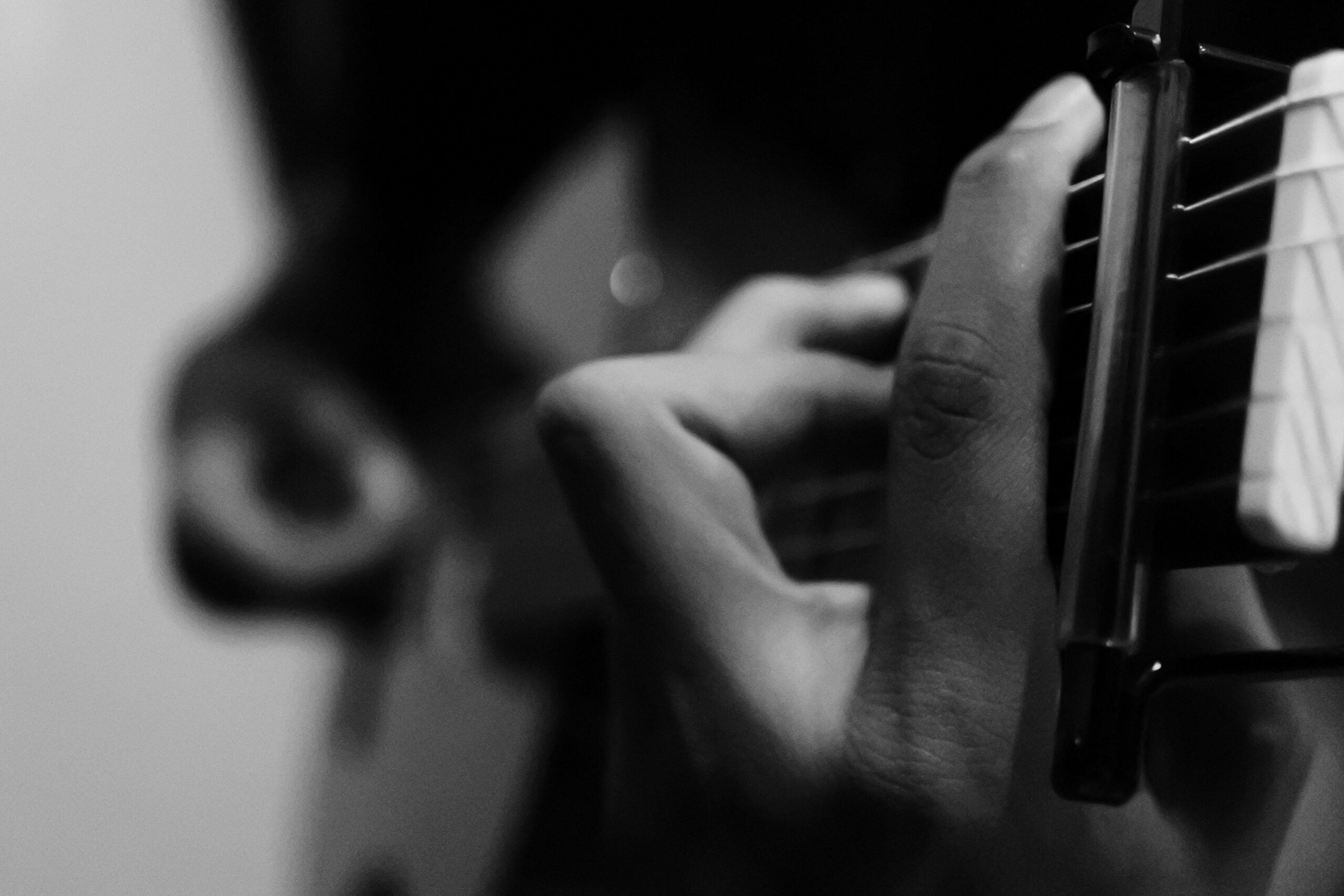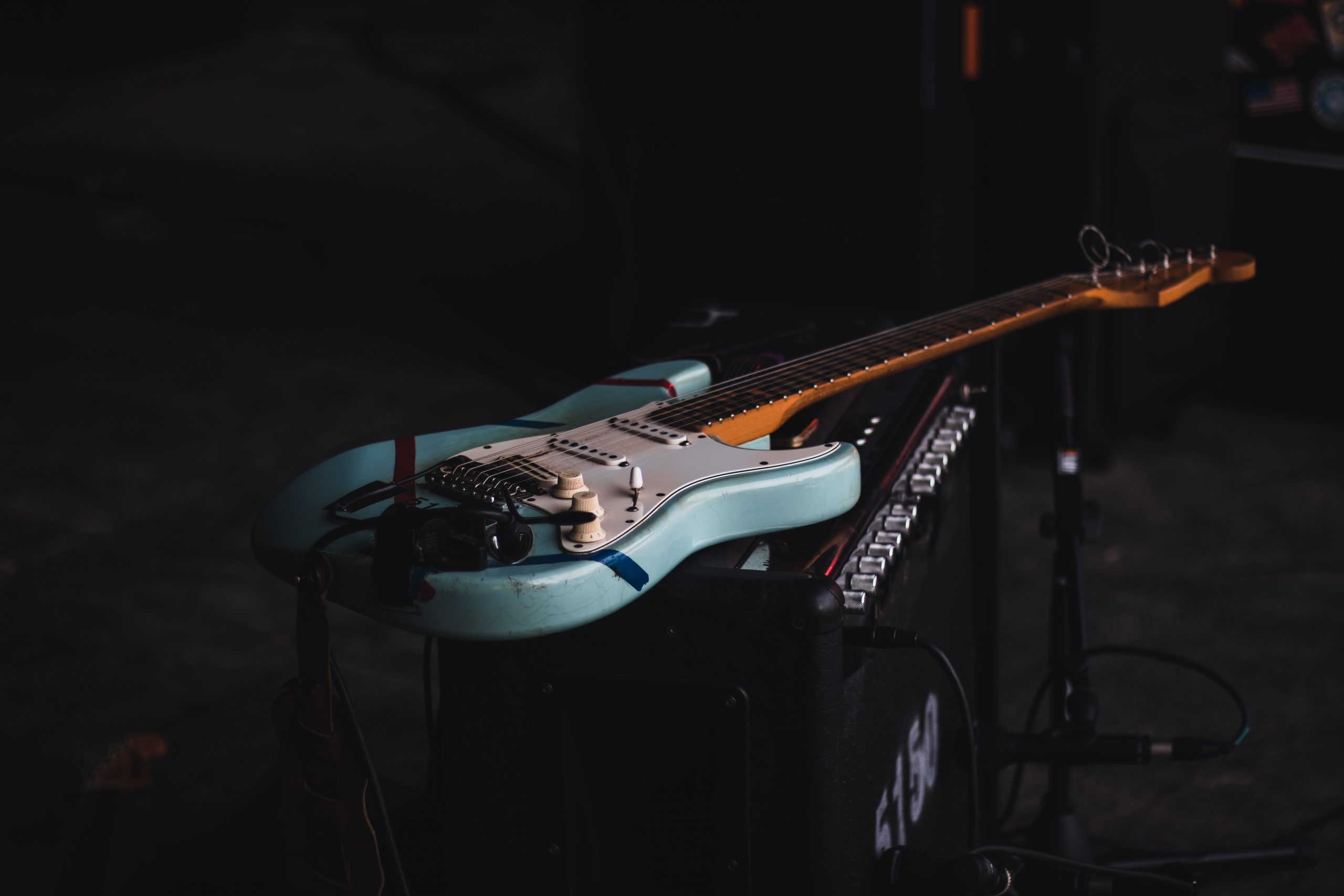Modes can be a somewhat confusing area for guitarists, and as a universal music theory concept, they’re probably not best applied through a guitar-only concept such as the CAGED system; if only to avoid some major headaches further down the line, and actually be able to understand and use them. In this post we won’t go too much into the theory of modes as we’ve already looked at it in various other posts. What I’d like to do here is provide a step-by-step guide as to how to go about learning a mode so that you can actually use it, and which can be accomplished in one day or so.
You can use this step-by-step guide for any mode, be it from the major scale, melodic or harmonic minor scales; in other words, we’ll be treating modes as scales in their own right.
1. Make sure you know what it sounds like
Sounds obvious but a lot of players skip this part and go straight to the, ‘major scale starting on a different note’, idea which is great in theory, but if you don’t know what you’re listening for, it all gets a bit hit and miss.
Look at this pattern for E Lydian. Use the bottom E string as a drone and play slowly through the scale hearing how each of its notes sounds against the E, especially the #4, as this is the note that makes it Lydian. Don’t worry about the fingering, or how fast you can play it, just concentrate on the sound for now.

2. Play it up and down one string, then on two adjacent strings.
Once you’ve got an idea of how the Lydian mode is supposed to sound, try playing it up and down one string, again using the bottom E string as a drone. This is to get your ear even more involved as it’s easier to hear the distance between notes horizontally than vertically on a guitar.

Once you’ve gotten an idea as to what the next note you play will probably sound like, add an adjacent string, and keep using that bottom E as a drone.

3. Learn some one-octave patterns that are comfortable for you
I really recommend using one-octave patterns instead of 3NPS or CAGED patterns at this stage because you still have control of the sound. Once you move to a bigger pattern, the sound gets lost as you’re suddenly having to incorporate two or three octaves. There’s a nice pattern on the top three strings as follows:

This pattern looks a little like a pentatonic box but try to avoid playing pentatonic-type licks because your ear will be expecting to hear something else, and they won’t sound good.
4. Seek out the interval that defines the mode
The defining interval in the Lydian mode is the #4 but try to use it in combination with the other intervals in the scale and come up with phrasing ideas and runs. Purposely include the #4 in your ideas, and by all means overdo it at first so that you can bring things into balance. Make sure you resolve your licks to the root notes and use that low E string as a drone. If you’ve got itchy fingers, this is where you can incorporate the larger patterns as you now have an idea of what the Lydian mode is supposed to sound like. I’d still recommend continuing with the above ideas though, as it’s easier to bring out the essence of a mode with a handful of notes rather than a big two or three-octave pattern.
5. Study the chords/chord progressions that work with it and why
If we take a quick look at the theory behind E Lydian we’ll see that it’s the fourth mode of B Major, and B major contains the following chords:
B | C#m | D#m | E | F# | G#m | A#°
BUT, since B is no longer the root, it is easier to think of the chords in the following sequence, starting on E:
E | F# | G#m | A#° | B | C#m | D#m
Or even better, in circular fashion:

They’re the exact same chords, only now E our is ‘home-base’. Everything must now resolve to E to get that Lydian vibe going. You don’t have to use all the chords, just going from E major to F# major will work, but feel free to come up with your own changes and record them on your phone or looper pedal.
6. A word about backing tracks
By now you might be tempted to find some backing tracks on YouTube to blow over, and by all means go for it; just make sure you know what’s going on in the backing tracks, or more specifically, what chords you’re playing over. This will make your knowledge transferable to your own playing, instead of using a pattern to blow over a backing track; which may sound good but is kind of like painting by numbers at the end of the day and difficult to apply to your own playing. Check out the backing track below, which is a great introduction to the Lydian Mode in E. The chords are E major to F# Major throughout—the first two chords in the above sequence.
7. Have fun and be creative
Remember to also tap into your own creativity as we did in the article, Make Music with the Modes: The Lydian Scale, where we looked at how to come up with your own riffs and chords in the Lydian mode. Writing your own music is one of the best ways to really get this stuff down, plus you can use these steps to learn any other mode that you like the sound of.



